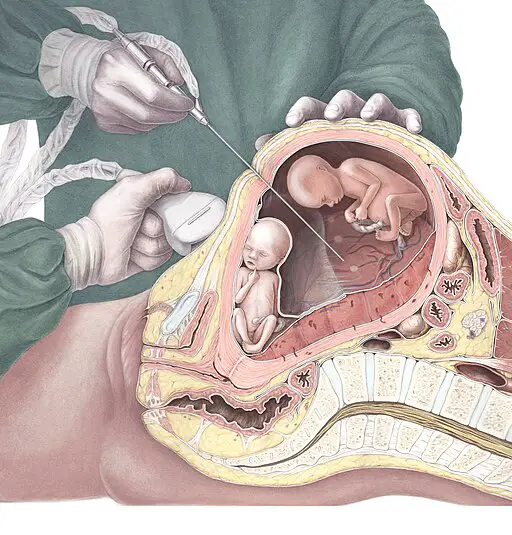Awareness of Fetal Surgery is very important to save the lives of unborn babies.
Hope the news of Kourtney Kardashian undergoing urgent fetal surgery helps improve awareness.
Fetal surgery is a procedure performed on an unborn baby (fetus) in the uterus (in utero) to help improve the long-term outcome of children with specific birth defects.
Because these defects often worsen as a fetus develops, fetal surgery done by a team of experts focuses on treating and improving the conditions before birth.
When done by fetal surgery experts in select babies, this early intervention can have better results than surgery after delivery.
This means that children with spina bifida, for example, may be significantly less disabled as they go through life than they would have been if they had surgery after birth.
Can all birth defects be treated with fetal surgery?
Comprehensive health centers that have expertise and experience can treat many birth defects in utero, including Amniotic band syndrome Bronchopulmonary sequestration of the lung Congenital cystic adenomatoid malformation (CCAM) of the lung Congenital diaphragmatic hernia (CDH) Congenital high airway obstruction syndrome (CHAOS) Fetal anemia Lower urinary tract obstruction (LUTO) Mediastinal teratoma Neck mass Sacrococcygeal teratoma (SCT) Spina bifida (myelomeningocele) Twin anemia-polycythemia sequence (TAPS) Twin reversed arterial perfusion (TRAP) sequence Twin-twin transfusion syndrome (TTTS).
What is the success rate of fetal surgery?
The success rate depends on the type of surgery and the condition being treated.
For example, fetoscopic laser ablation is only offered by specially trained physicians at select treatment centers like the Fetal Concerns Center.
It is most often conducted between 16 to 26 weeks of pregnancy.
Studies show an 80 to 85 percent survival rate for at least one twin following laser ablation and an overall twin survival rate of 65 to 70 percent.
Image credit
Leiden Fetal Therapy, CC BY-SA 4.0, via Wikimedia Commons

